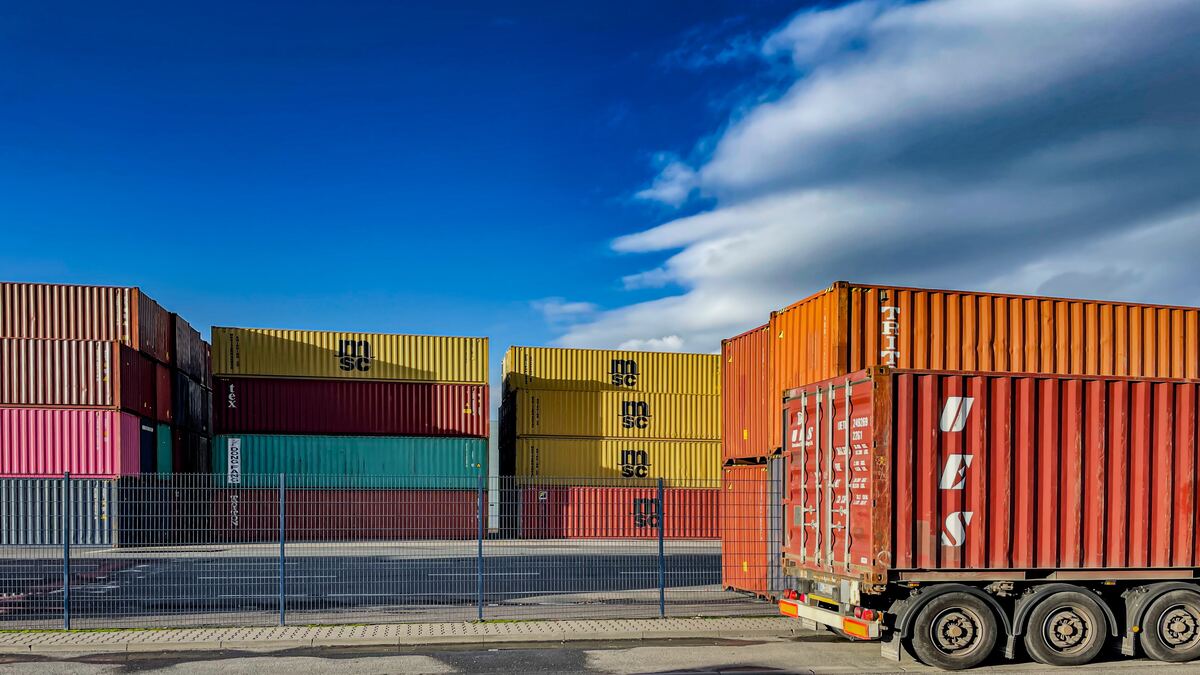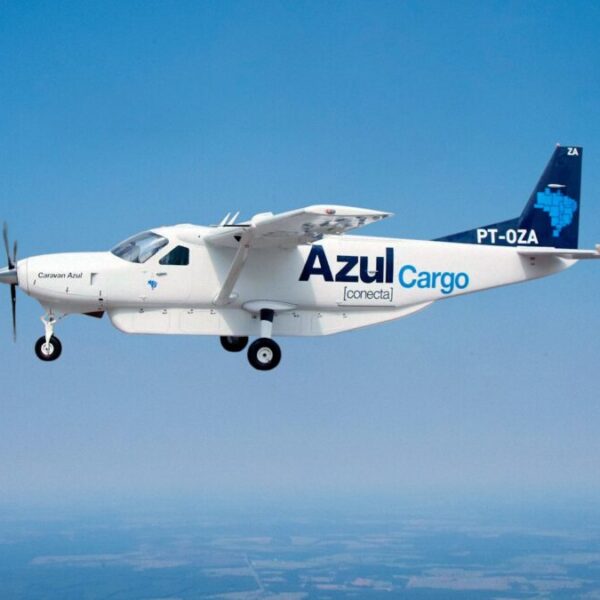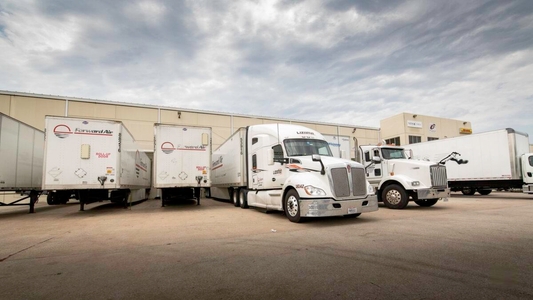There are two main ways to load freight. One is direct loading. The other is indirect loading. Choosing between them depends on many things – cargo type, transport mode, facilities. In this post, we look at what makes them different.
With direct loading, cargo goes straight from its origin onto a truck, train, ship, or plane. For example, coal might move directly from a mine onto a cargo train. Grain could load right from a silo into a ship’s hold. This is fast, as it skips steps. But it needs special gear – things like conveyor belts or loading chutes. The pickup point also must handle big vehicles.
On the other hand, indirect loading has an extra move. First the cargo goes to a warehouse or terminal. There it gets packed in standard boxes or containers. Then it loads onto a truck, train or other transport. This takes more time with the extra stops. But it works better for mixed loads and small pickup points. Standard containers also move easily between transport modes like ships, trains and trucks.
So which is better? It depends. Direct loading is faster. But indirect loading can handle more cargo types and pickup situations.
With direct shipping, the cargo gets minimal handling. This reduces the damage risk. But there’s no flexibility to consolidate or group different loads. You also need big facilities at every pickup point to handle high volume loading.
Indirect loading takes longer but works with mixed loads. Cargo loading can be consolidated in the warehouse for longer periods before loading. The extra storage can also act as a buffer stock for supply chain resilience. But double handling does increase the damage risk.
Lastly, direct loading suits high volume bulk transport like coal, ore or grain. Indirect shipping works better for varied cargo and smaller pickup points. Knowing these key differences helps optimize loading and warehouse operations.
Continue reading to know the difference between direct and indirect freight loading in detail!
Two Paths to Carriage: Understanding Direct and Indirect Cargo Loading
Moving goods ultimately requires loading them onto planes, trains, trucks or ships. Supply chain efficiency steps involve key choices in the operational approach. Broadly, two main methodologies exist – direct loading and indirect loading. This post will clarify the core differences between each and when one works better than the other.
What is Direct Loading?
Direct loading refers to transporting inventory straight from its origin onto cargo carriers. Take raw ore streaming from a mine directly into railway freight wagons. Or livestock walking from ranch holding pens straight into ventilated truck trailers. This avoids interim handling and storage sites enroute to its shipment destination.
Benefits:
- Expedited Loading: Eliminates interim storage/handling steps for faster turnaround. Coal streamlines from automated mines onto rail cars without warehousing or pit stops.
- Lower Damage Risk: Minimizes supply chain touchpoints that can dent, contaminate or break goods. Cereals pour from sanitized silos directly onto ships.
- High Throughput Infrastructure: Dedicated conveyors, pipelines and mechanisms handle specialized products like ore and chipsets optimally.
- Uniform Cargo Compatibility: Direct transport aligns with standardized outputs like oil, lumber and industrial chemicals.
Trade Offs:
- Cargo Variety Constraints: Specialized equipment suits high-volume commodities, not mixed-size cargo like retail or boutique manufacturing.
- Large-Scale Origins Needed: Mine complexes, grain elevator clusters and oil terminals enable direct loading, unlike smaller boutique venues.
- Consolidation Challenges: Single pickup points hinder bringing together varied cargo types across locations to optimize transport vehicle space.
Also Read, Top 5 Things To Consider To Hire Freight Forwarders
When Best Suited:
Direct loading and unloading works well for high-throughput bulk transport. This includes heavy industries like mining, agriculture and oil & gas. Uniform outputs move from centralized nodes onto cargo vessels through tailored machinery.
What is Indirect Loading?
In contrast, indirect loading introduces a pit stop before the final move. First, inventory is transferred to an intermediate warehouse, distribution center or container yard. There, varied goods are sorted into standardized containers amenable to transport by vehicles. Only then do consolidated loads transfer onto ships, trains and trucks.
Benefits:
- Consolidation Across Firms: Aggregates disparate cargo from multiple pickup points to optimize transport vehicle space.
- Route/Vehicle Flexibility: Sorting at an interim facility aligns varied products with a multitude of route and mode options.
- Reduced Infrastructure Needs: Avoid custom gear at every pickup point when standardizing at an interim warehouse instead.
- Mixed Size/Type Handling: Essential for retail, small batch chemicals, and manufacturing items that vary enormously.
Trade Offs:
- Additional Handling Time: Extra sorting/staging extends process lead time before transport loading.
- Increased Damage Risk: More supply chain nodes boost the likelihood of accidents, spills and breakages.
- Buffer Inventory Needs: Warehousing requirements to hold inventory as consolidation accumulates groups.
Also Read, What Ocean, Rail, Road & Air Shipments Are Doing To Logistics?
When Best Suited:
Indirect loading works best for assorted cargo streams, irregular routes and small mixed material pickup points. This includes everything from finished consumer goods to specialty chemicals. Consolidation enables coordination and supply chain efficiency.
Key Decision Considerations Ultimately suitability centers on:
- Shipment Size Spectrum: Small variables need consolidating, large standardized outputs don’t.
- Route Flexibility: Dynamic multipoint networks need more, fixed point-to-point flows need less.
- Infrastructure Constraints: Scale of existing facilities informs loading capacities.
- Business Priorities: Time sensitivity, risk appetite and throughput needs determine the approach.
With large uniform loads like iron ore, direct shipping drives efficient routines. But for mixed specialty deliveries, indirect staging enables better coordination across stakeholder logistics.
Striking the right operational approach is key. Direct methods focus on uninterrupted material flows from raw inventory to transport. Indirect techniques emphasize consolidated flexibility across varied providers, cargo types and routes.
Plotting the Best Course for Cargo Loading
At the end of the day, choosing between direct and indirect loading strategies requires:
Aligning logistical workflows
Inventory specifics
Infrastructure constraints and business aims.
Direct loading offers streamlined transit for uniform bulk outputs like coal, cereals and minerals. Indirect loading enables consolidation across varied providers, products, batch sizes and routes.
There is no universally superior method. Different cargo has different carriage needs. Logistics experts such as Lading Logistics can objectively assess unique shipment parameters.
Whether high-volume pipelines or multifaceted warehousing, the goal is to optimize how goods flow onto transport vessels. Lading Logistics analyzes route options, inventory traits, infrastructure and business priorities to determine optimal routes.
This closes the loop on the intricacies around direct versus indirect loading techniques for priming shipments. Get insights into cargo loading strategies from seasoned transportation logistics providers like Lading Logistics. The right fit minimizes costs and risks while maximizing flexibility.
Making heads or tails of the ideal approach is what partners like Lading Logistics specialize in.
Also Read, What is a Direct Freight Loading Method?
FAQs:
What is the primary difference between direct and indirect freight loading?
Direct loading moves cargo straight from origin to transport, while indirect loading involves an intermediate stop for sorting and consolidation.
Which is faster, direct or indirect loading?
Direct loading is faster as it skips intermediate steps, but indirect loading offers flexibility for varying cargo types and pickup scenarios.
What types of cargo are suitable for direct loading?
Direct loading suits high-volume bulk transport of standardized outputs like coal, ore, and grain.
When is indirect loading preferred over direct loading?
Indirect loading is preferred for assorted cargo streams, irregular routes, and small mixed material pickup points, offering consolidation and flexibility.
How does direct loading minimize damage risk in the supply chain?
Direct loading reduces damage risk by minimizing touchpoints, ensuring goods move directly from origin to transport without interim handling.



